
Peoples and Languages
Social Media
Leave comments, suggestions, keep an eye on news in our groups on VK, Odnoklassniki and Telegram channel

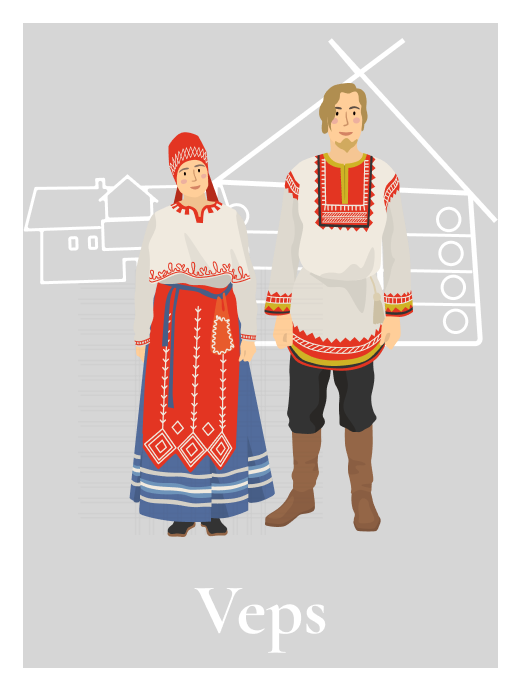
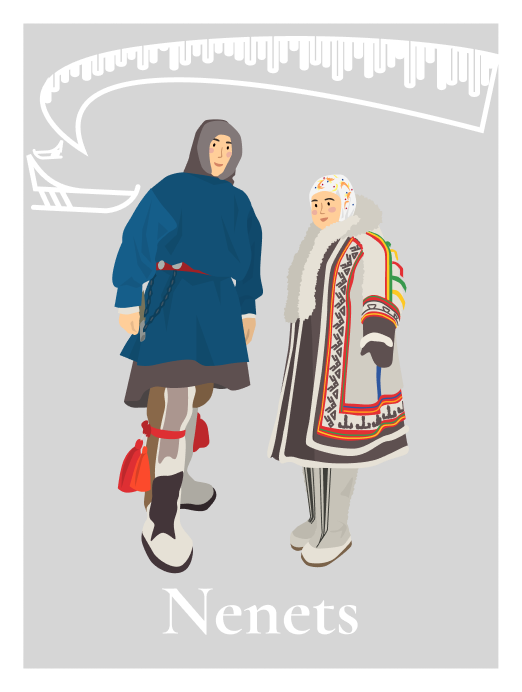
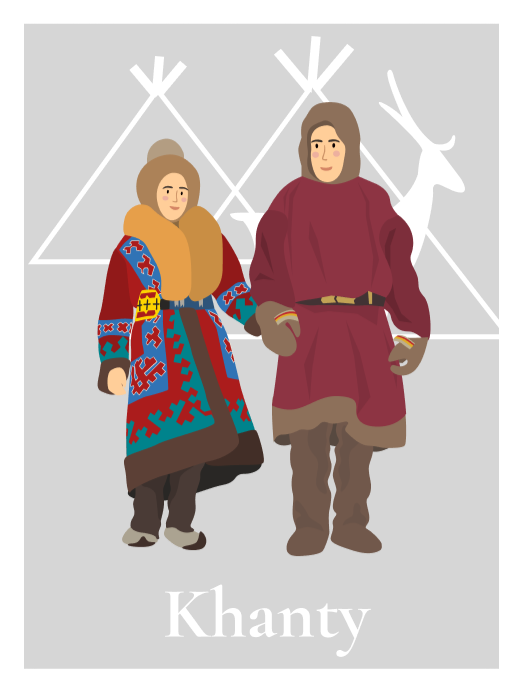


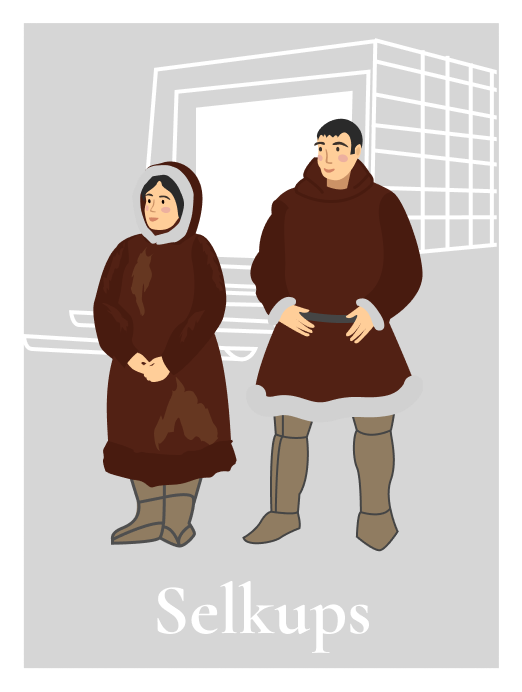
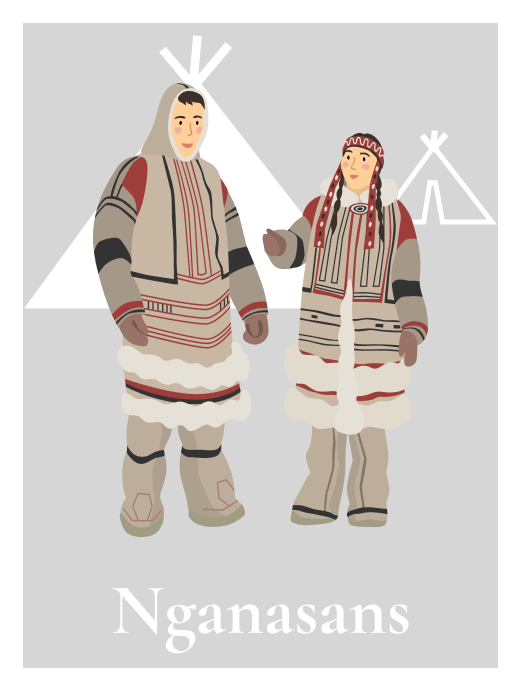
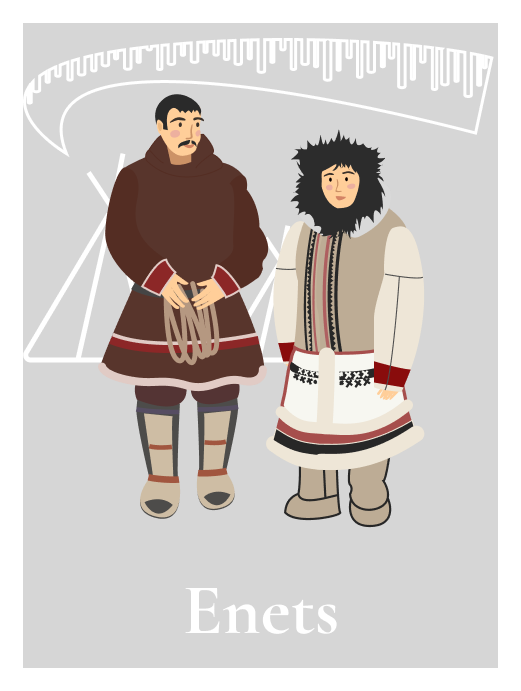

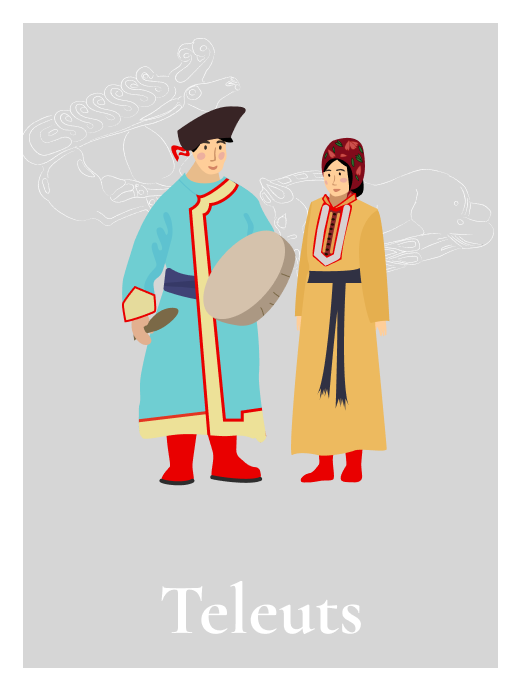


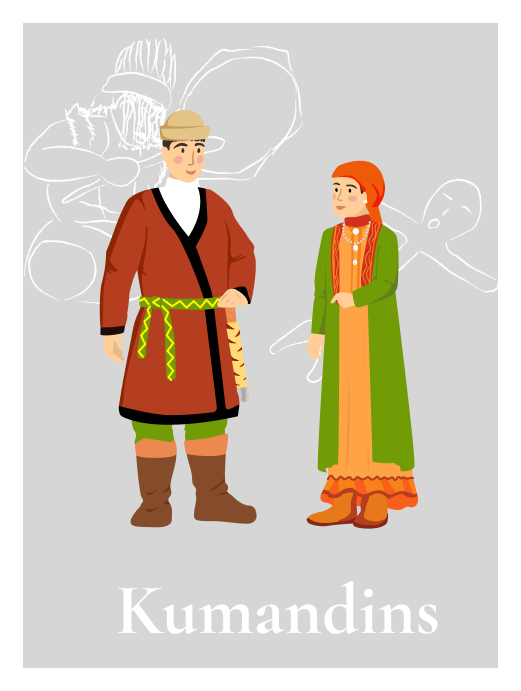
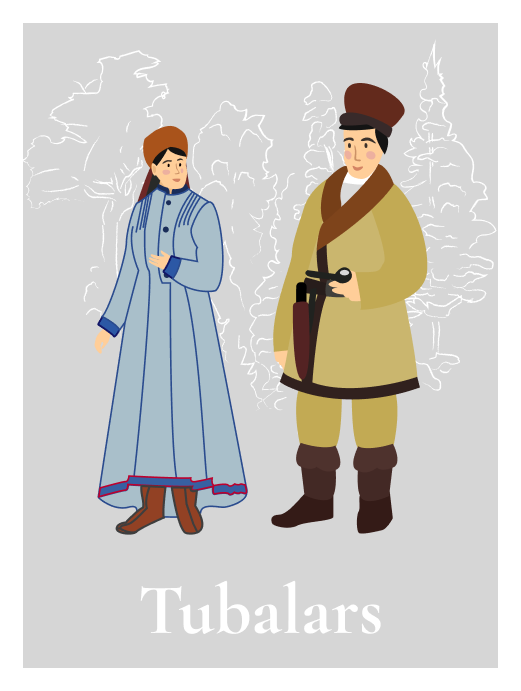
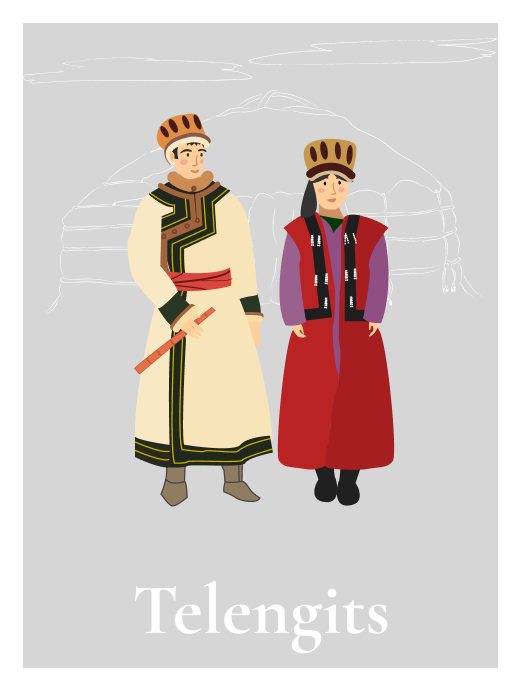


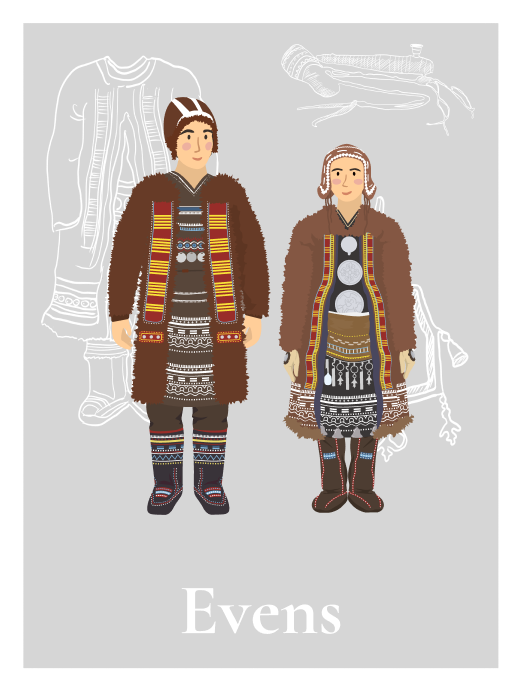
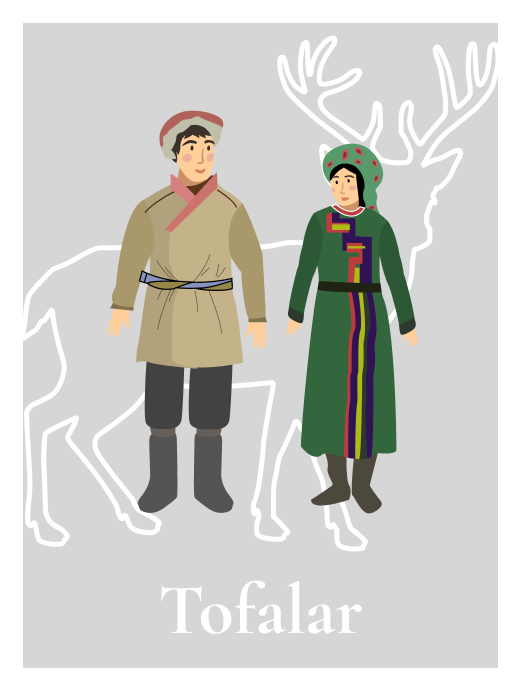
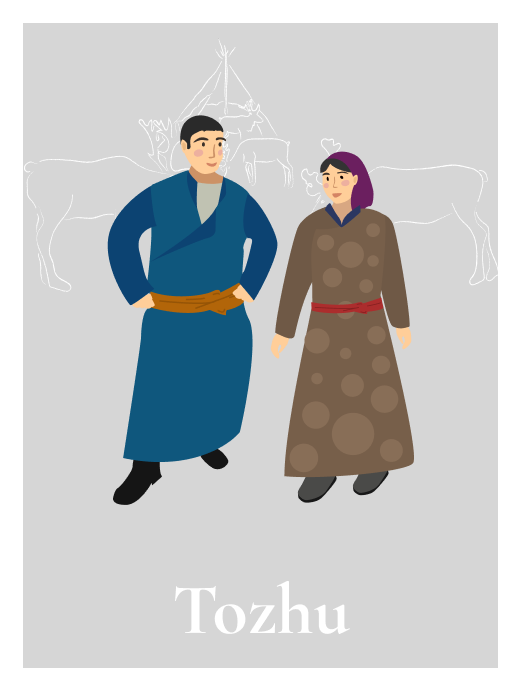
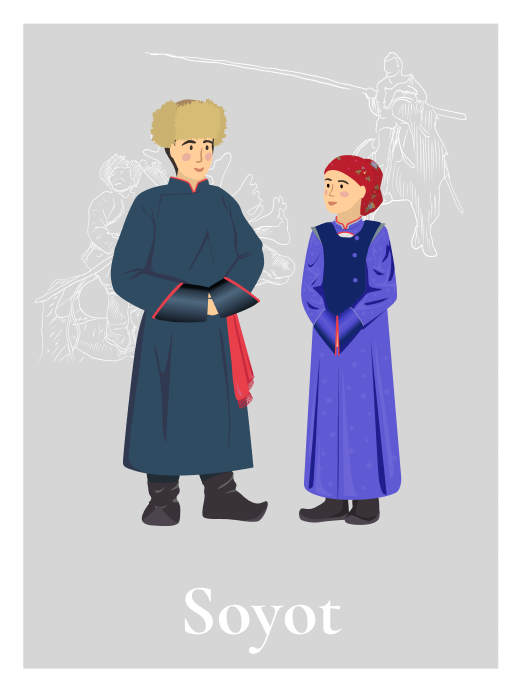
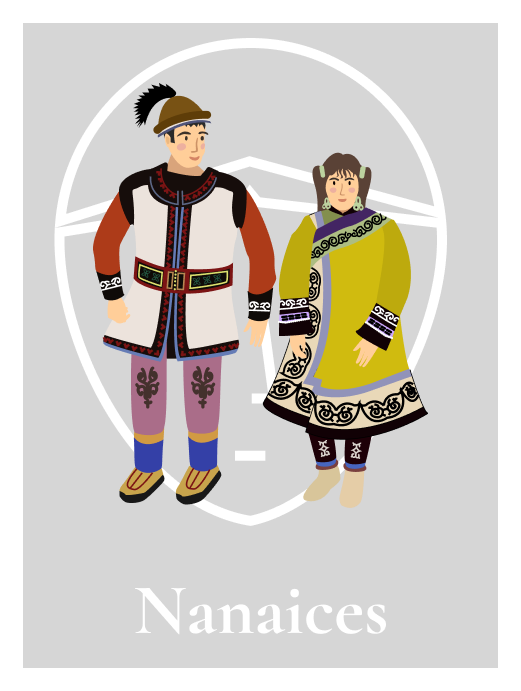
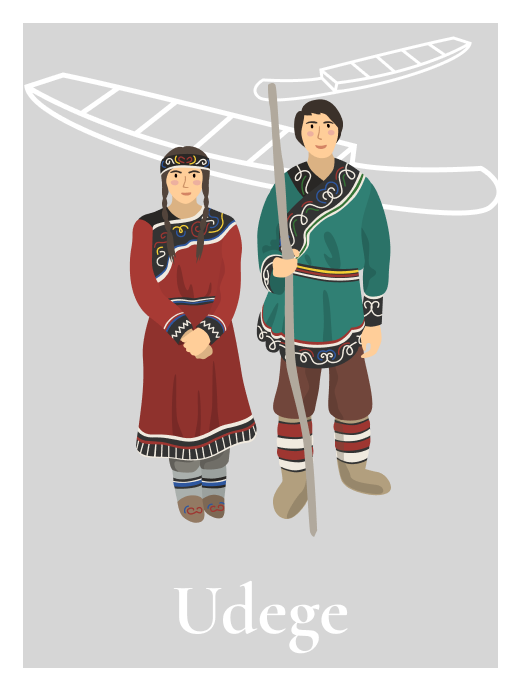

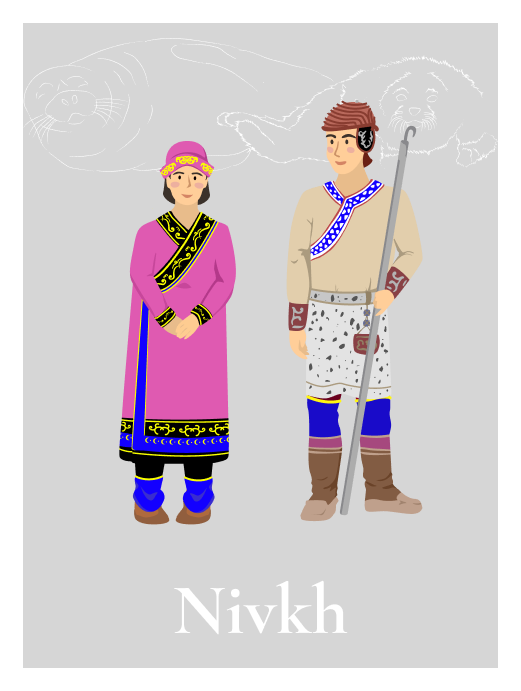




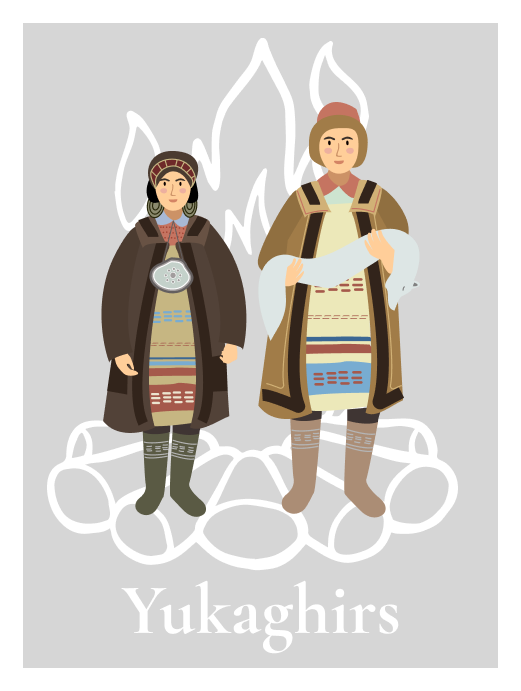

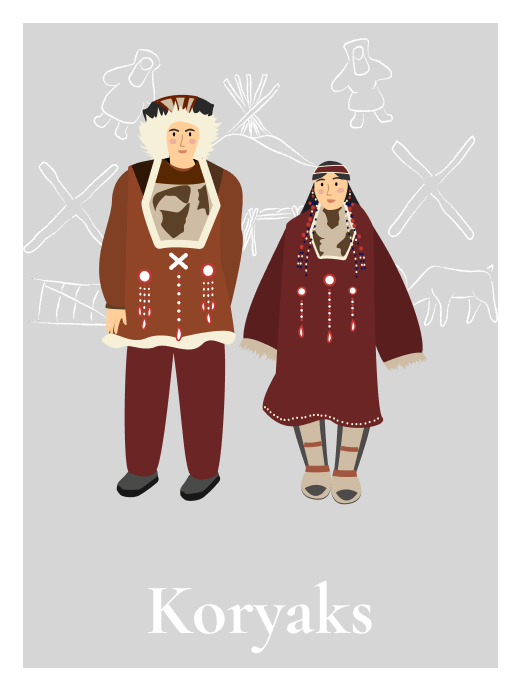

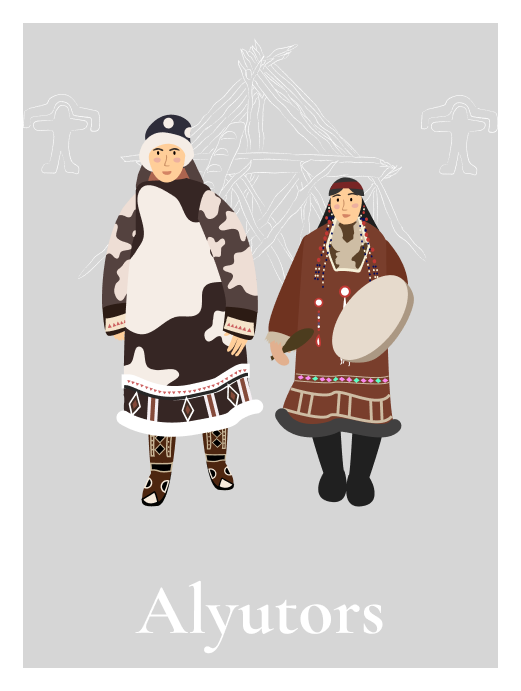

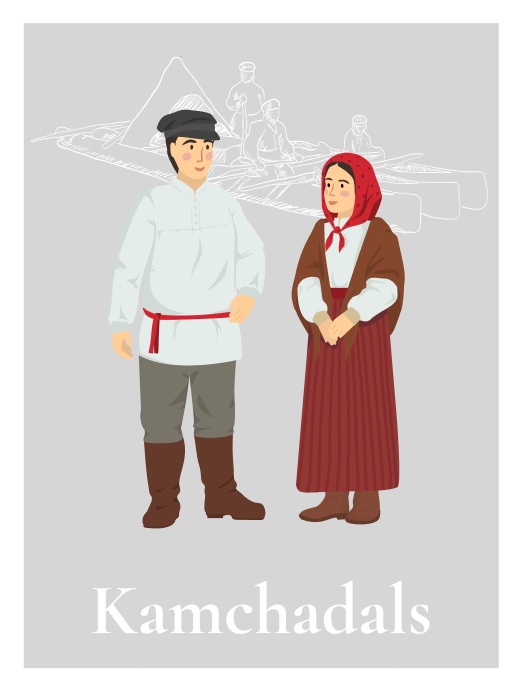
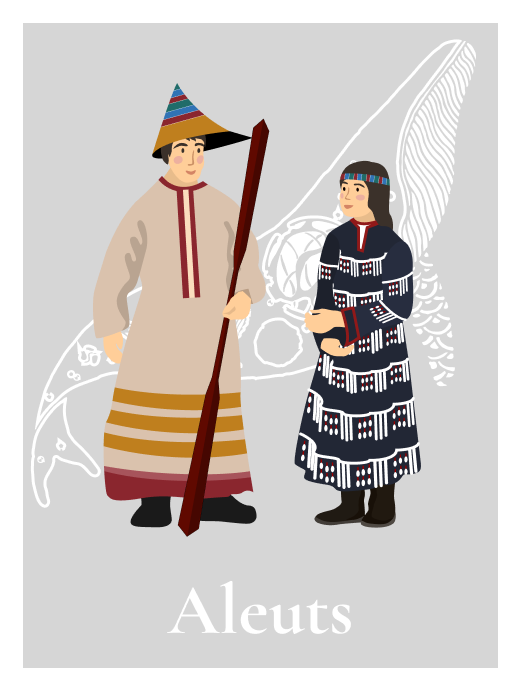

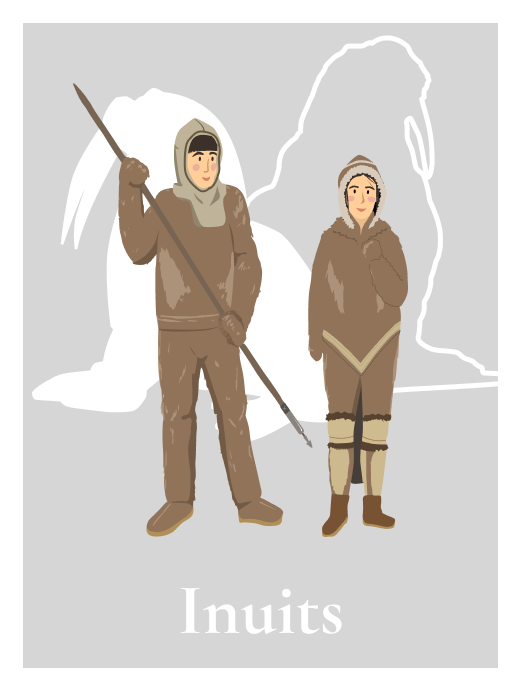
The Telengits' endonym name goes back to the medieval term tele. This ethnonym has been known since the middle of the I millennium AD on the territory of modern Mongolia and the southern part of Siberian in Russia. For a long time, the ethnonym tele came and went, having nevertheless survived to this day in such names of South Siberian ethnic groups as Telengits, Teleuts, and Teles.
The Altai Republic is located in the very south of Western Siberia, on the border of the Russian Federation with Kazakhstan, China, and Mongolia. The total length of the borders is 860.4 km. The border with Mongolia is 288.7 km, with China - 54.1 km, and with Kazakhstan - 517.6 km. The Republic also has internal borders with such constituent entities of the Russian Federation as Tyva in the east, Khakassia in the northeast, Kemerovo region in the north and the northwest, and the Altai Territory in the west.
The religious life of the modern Telengits is based on their relationship to the land, both to the local area of residence and the entire Altai, although, at first glance, the life of the two Telengit districts differs significantly. A salient feature of the Telengit population of the Ulagan district is the combination of Orthodox Christianity and the cult of nature with some other religious practices and ideas.